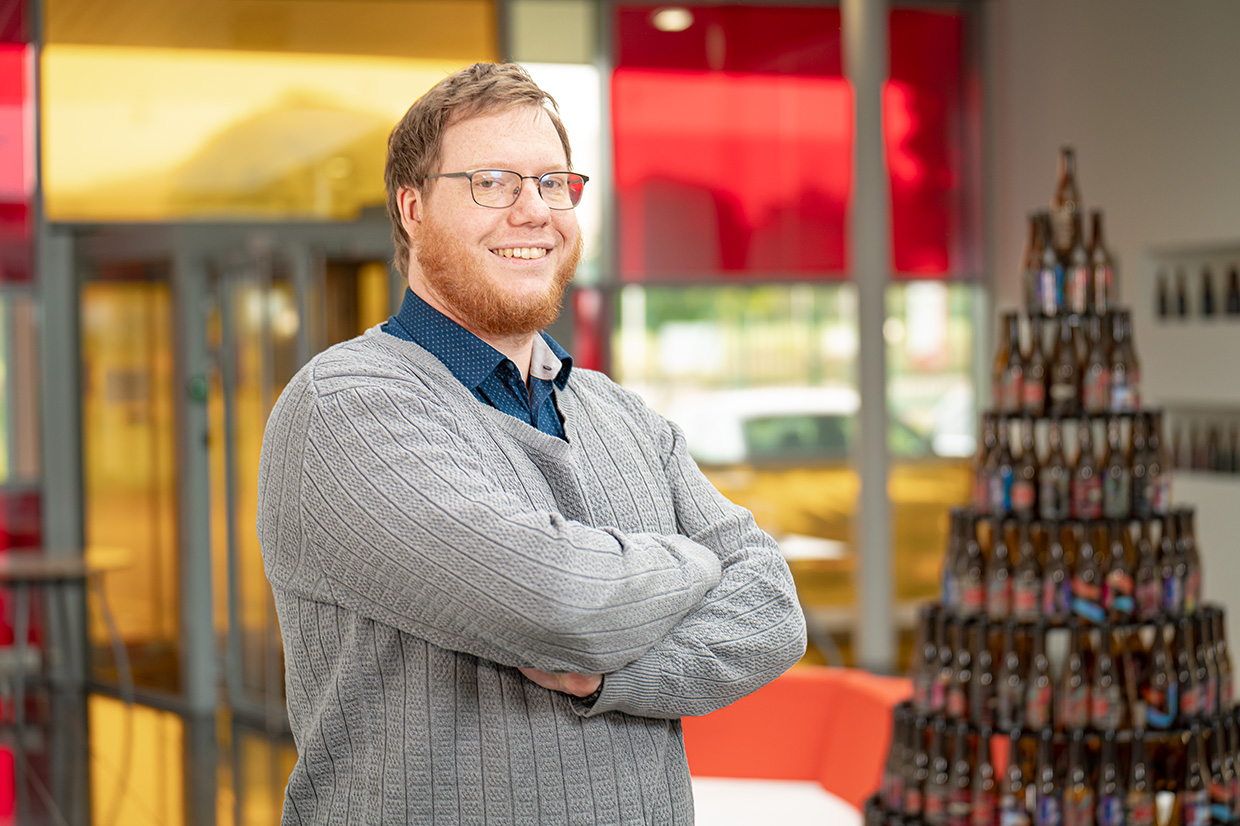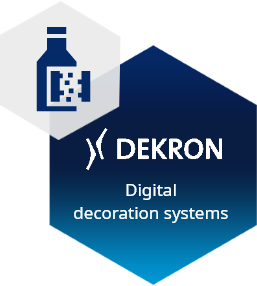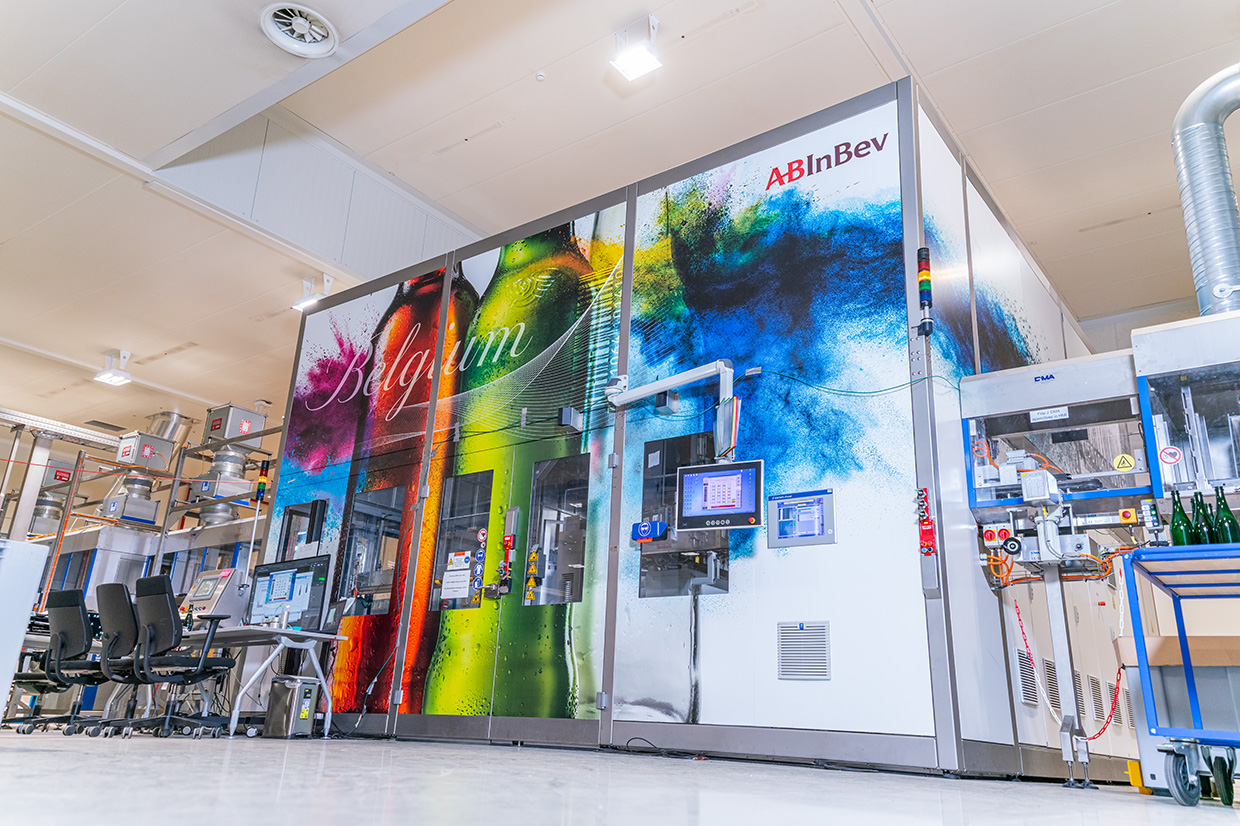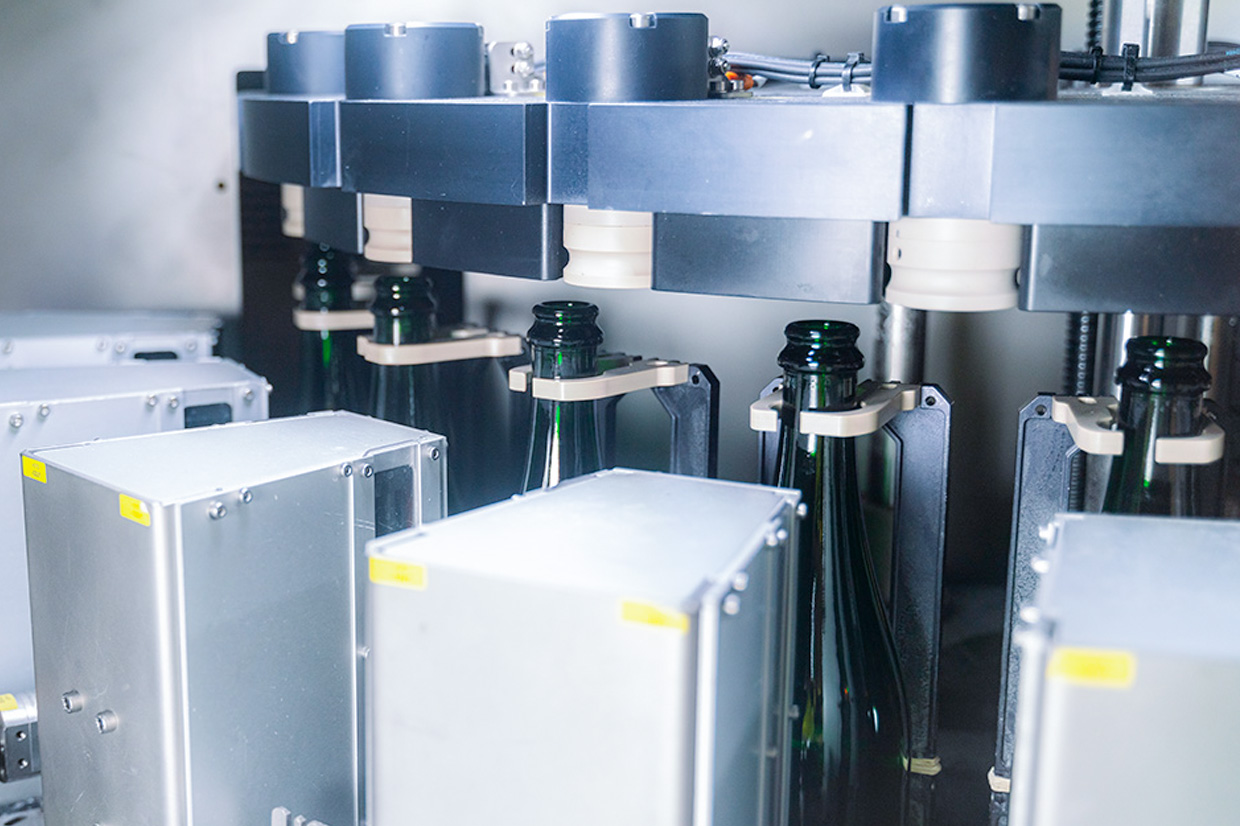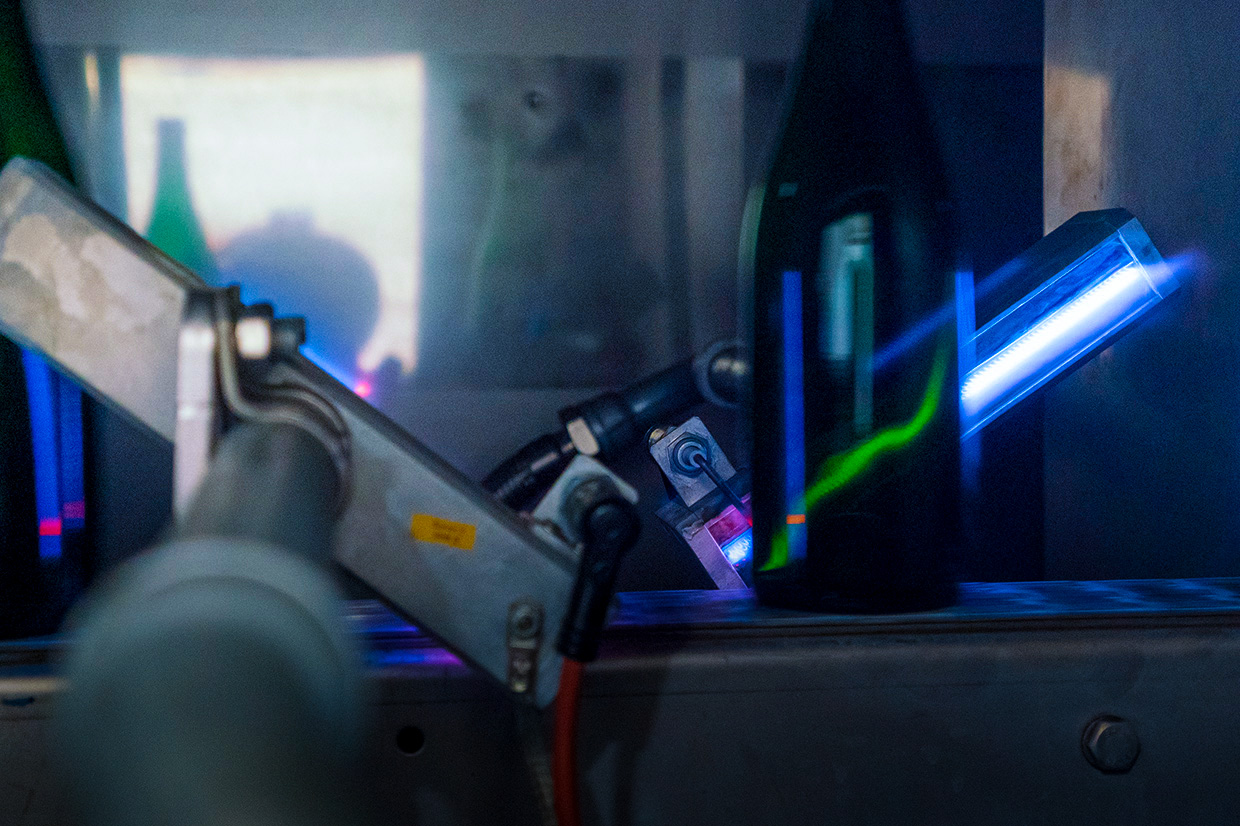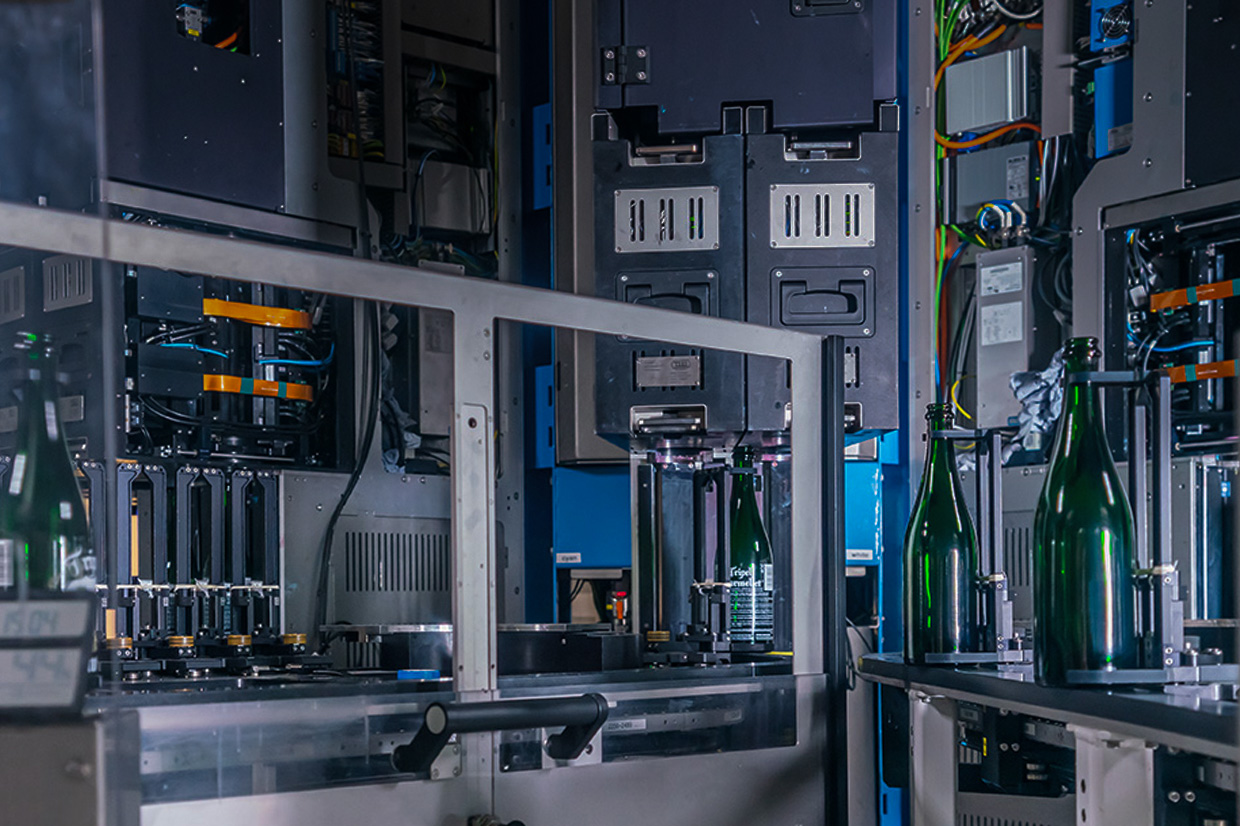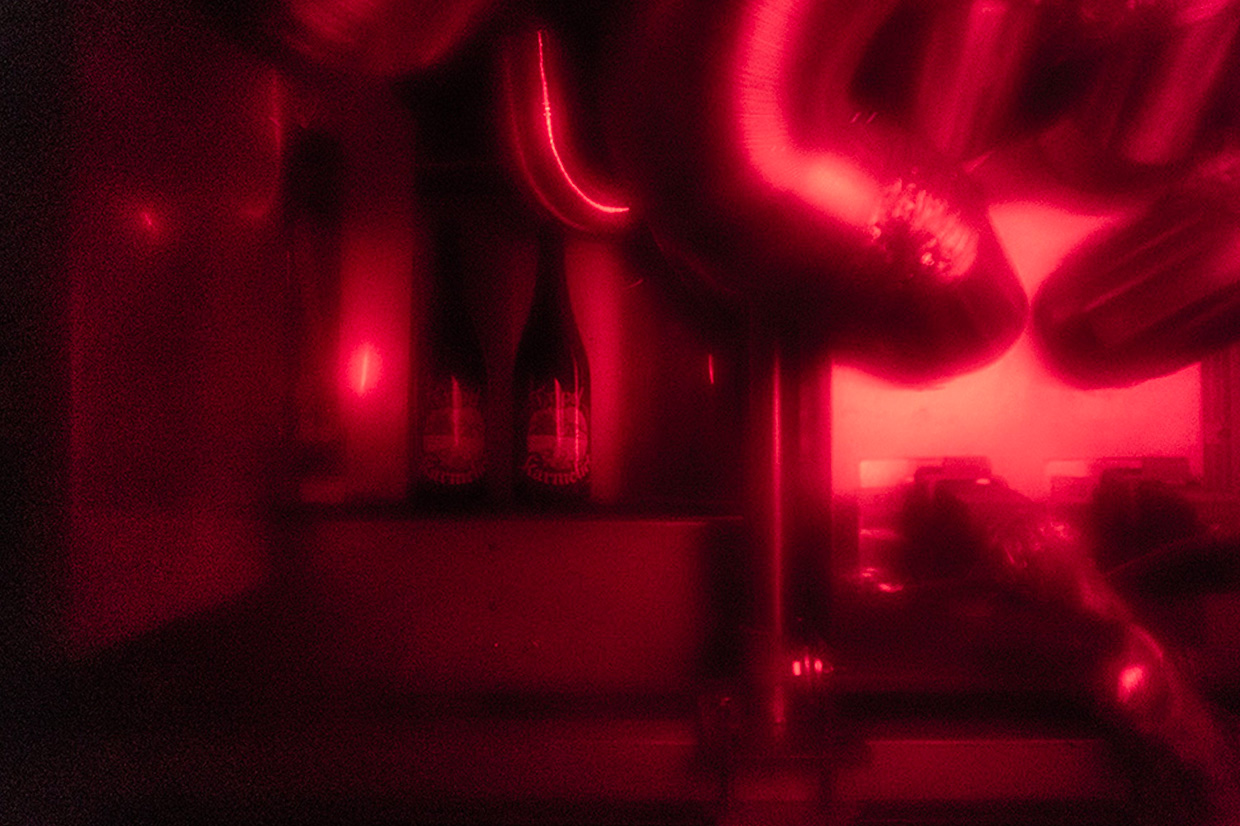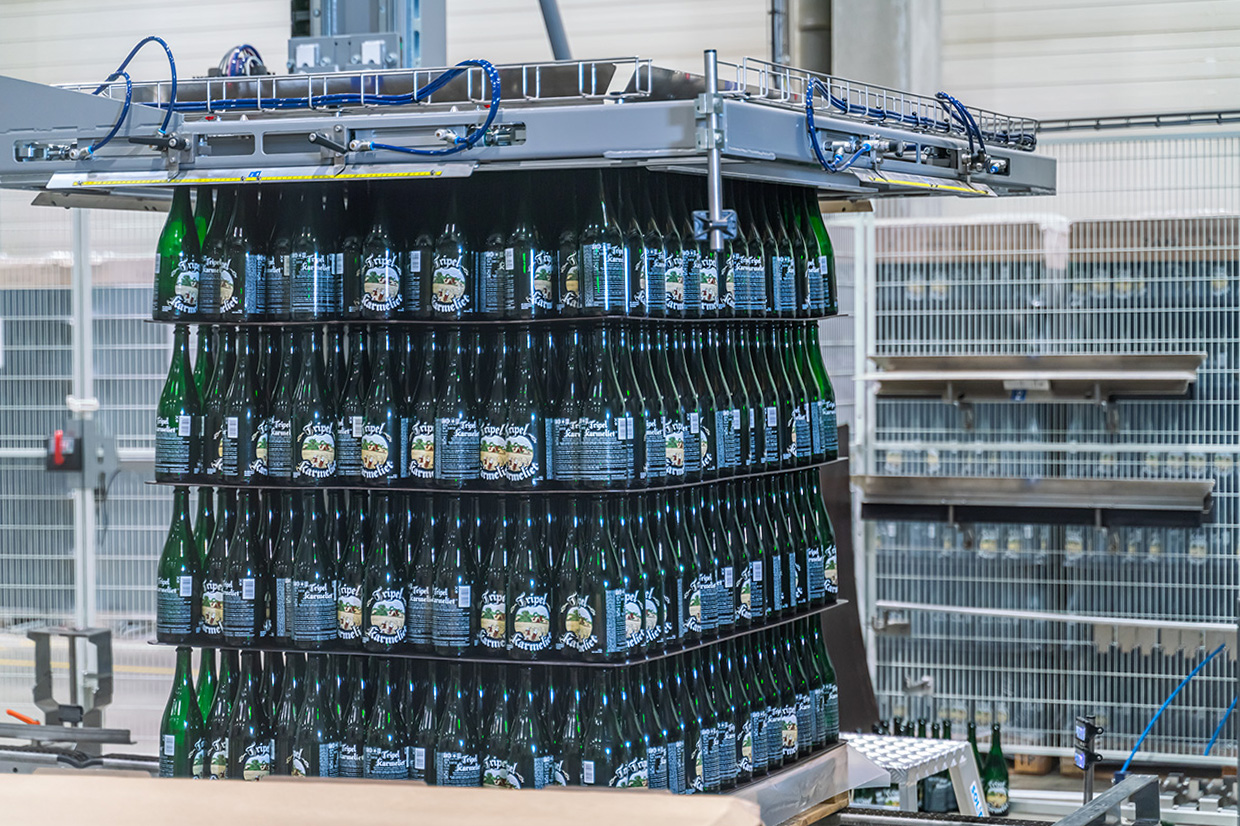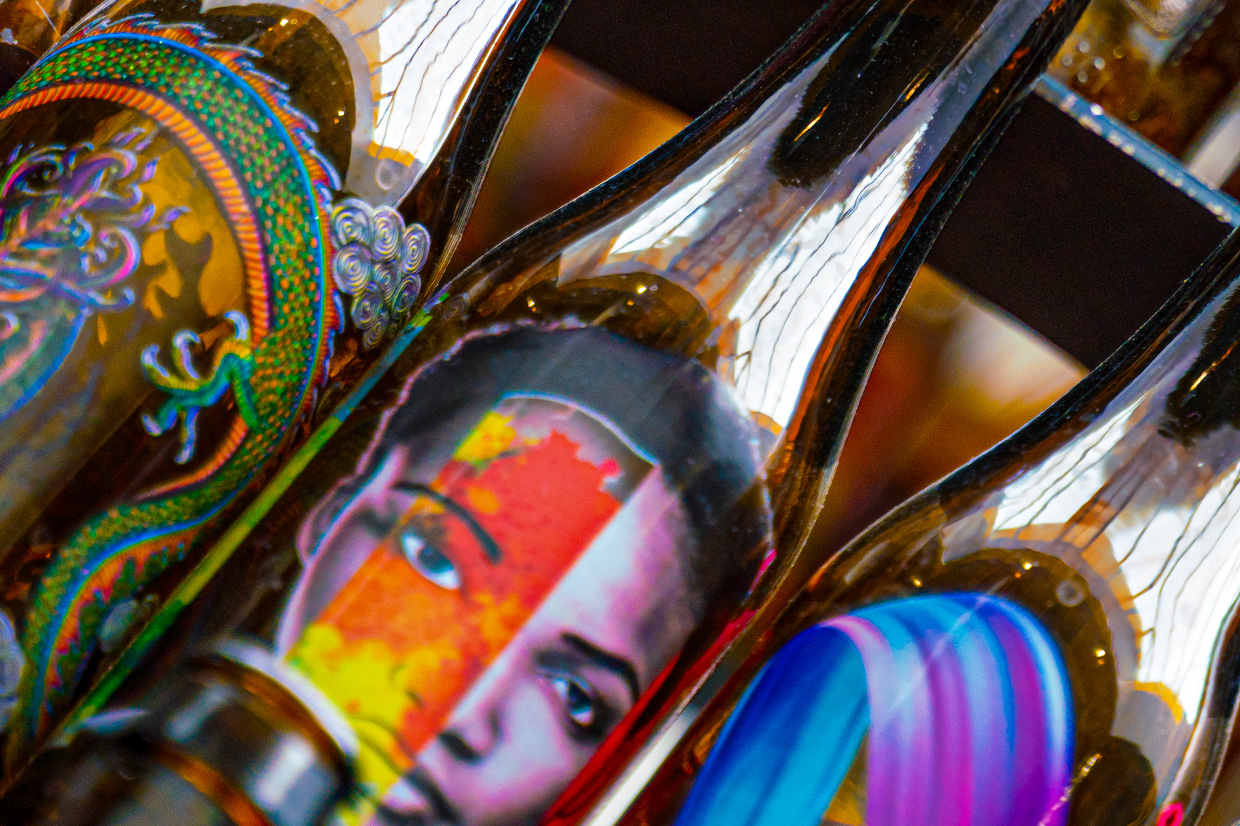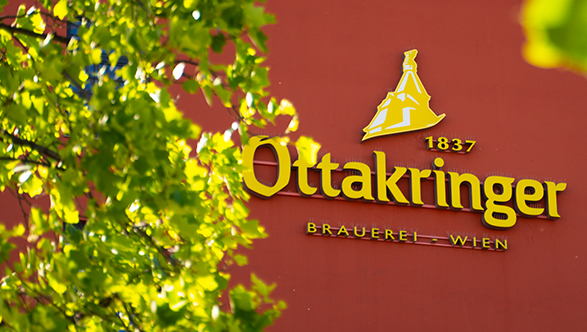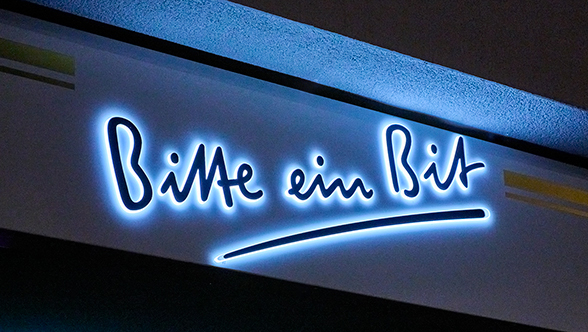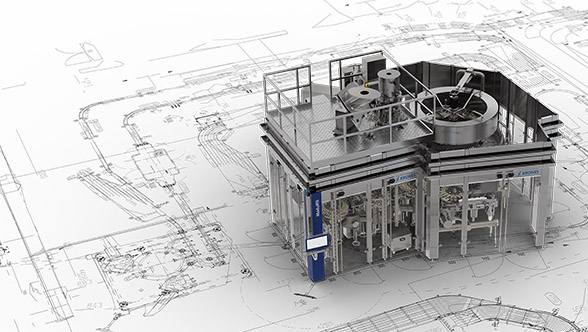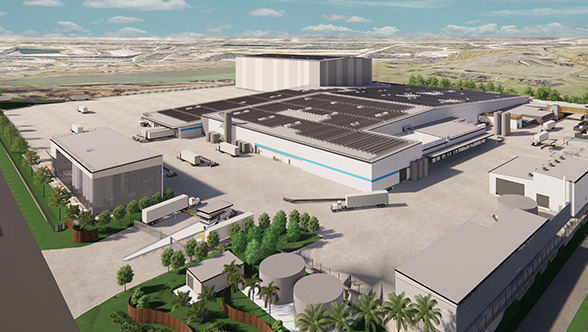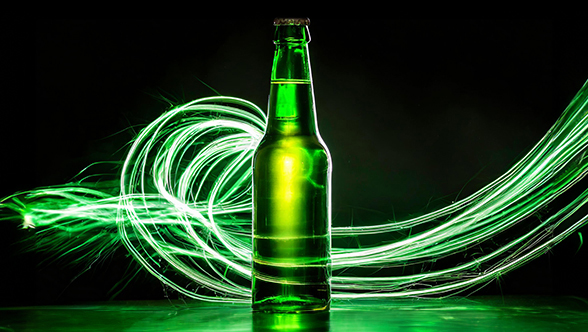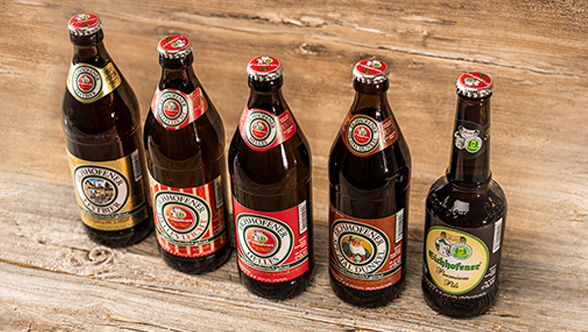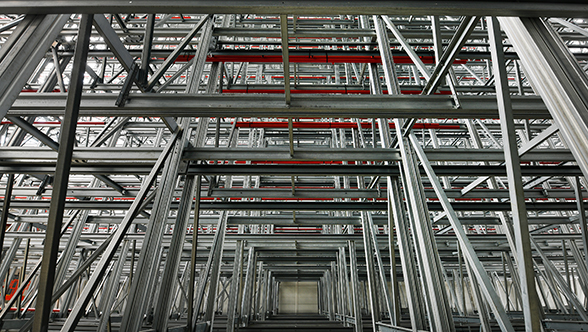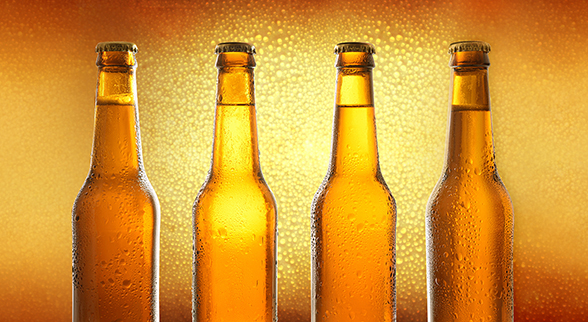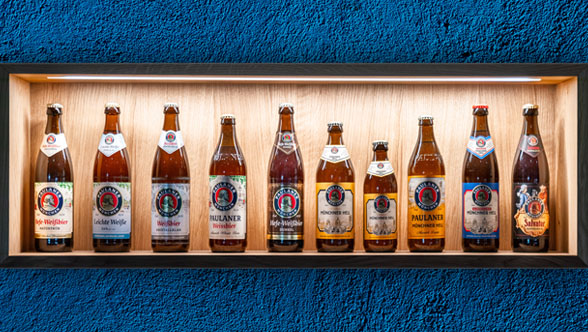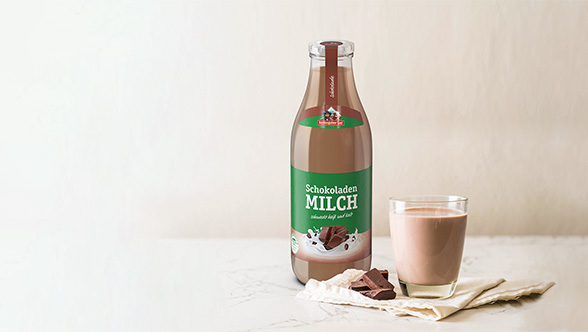While wide circles of the industry still regard digital direct printing as a futuristic vision, Anheuser-Busch InBev (AB InBev) has already erected a complete production plant for it. The Tattoo Alpha Plant is the group’s first factory worldwide where bottles are digitally decorated on an industrial scale. But let’s go back seven years, to when it all started – back to a time when digital direct printing was still in its infancy.
The group’s technology scouts were looking for packaging innovations, and their attention was drawn to a German start-up where “a handful of people were fiddling with two prototypes in a garage-type set-up”, says Jonas Vandecruys, laughing. The start-up he is referring to was the company then known as Till GmbH and now a fully owned Krones subsidiary called Dekron. The two prototypes were the first predecessors of the current DecoType series. It’s true, the garage tinkerers could not point to high-profile references and large orders, but they boasted a huge fund of ideas and a promising new technology.


